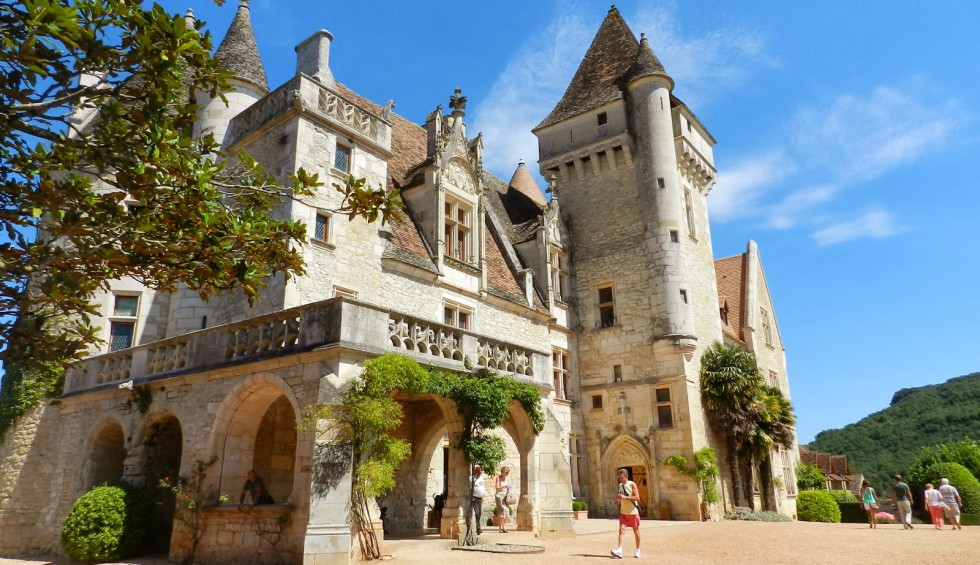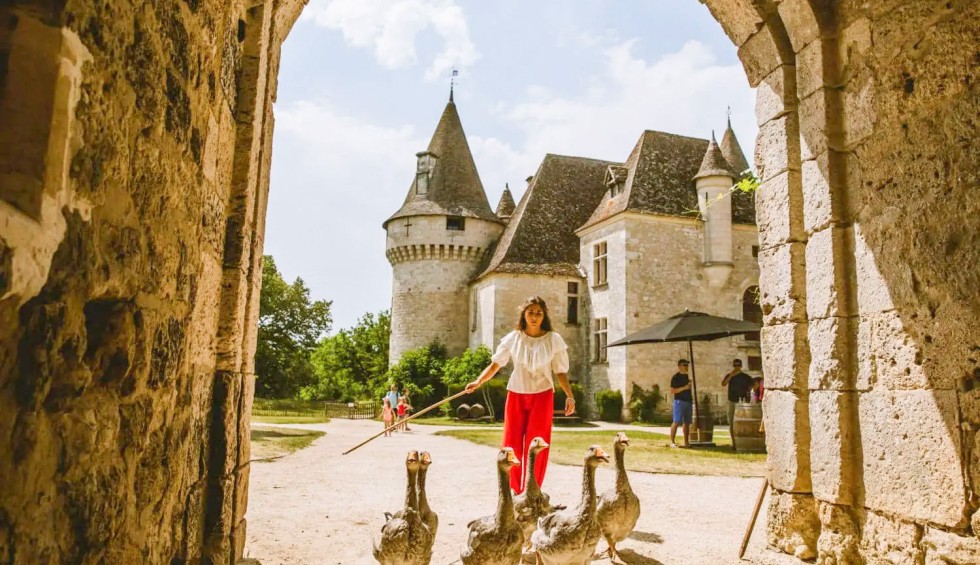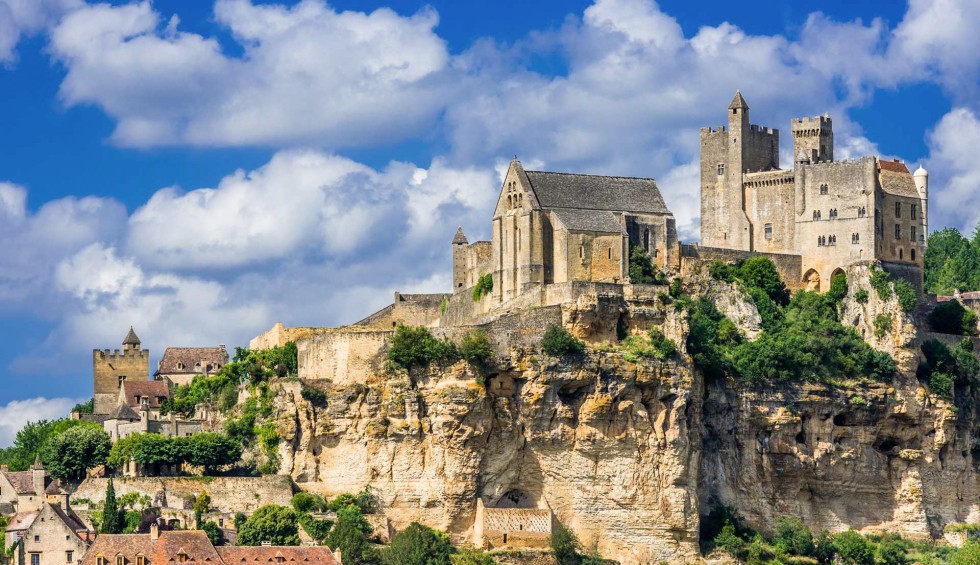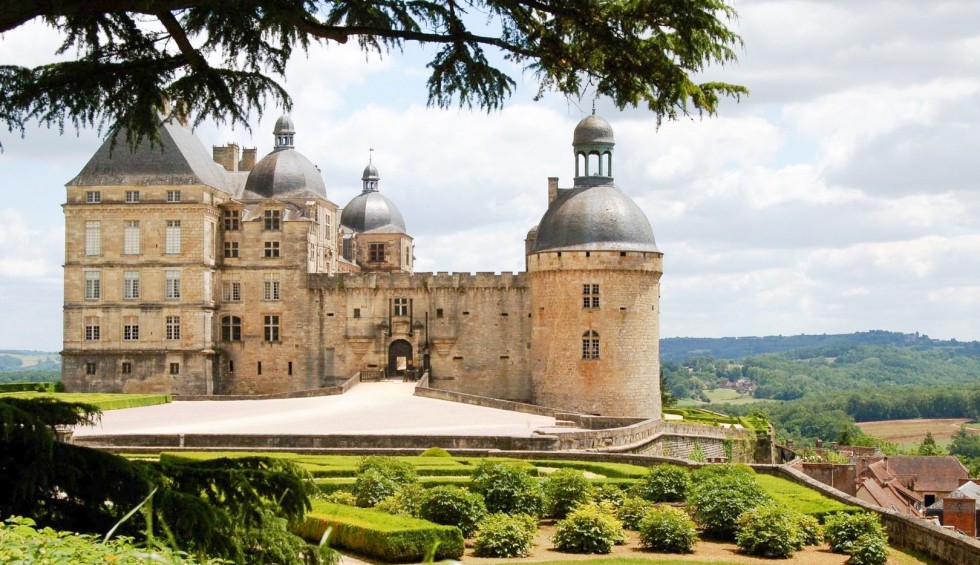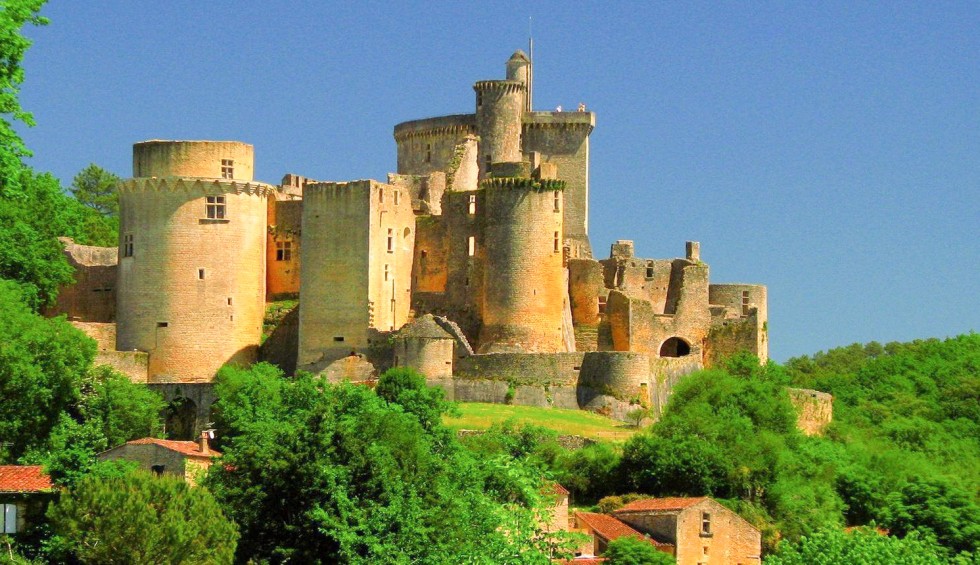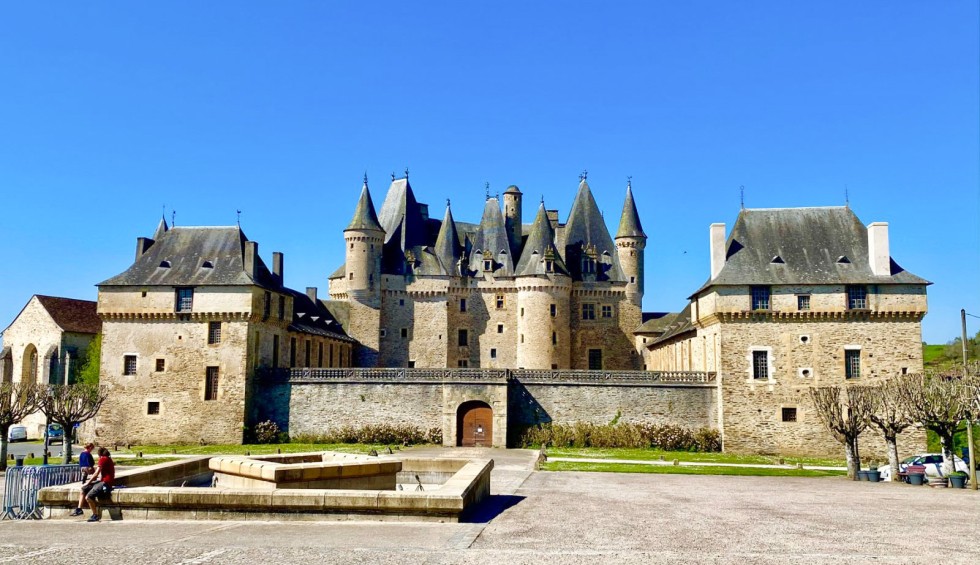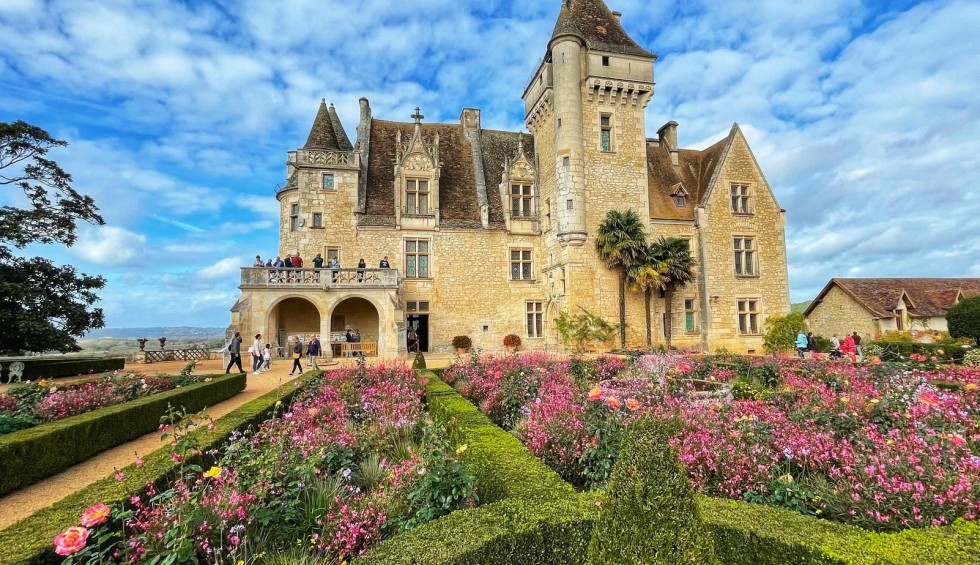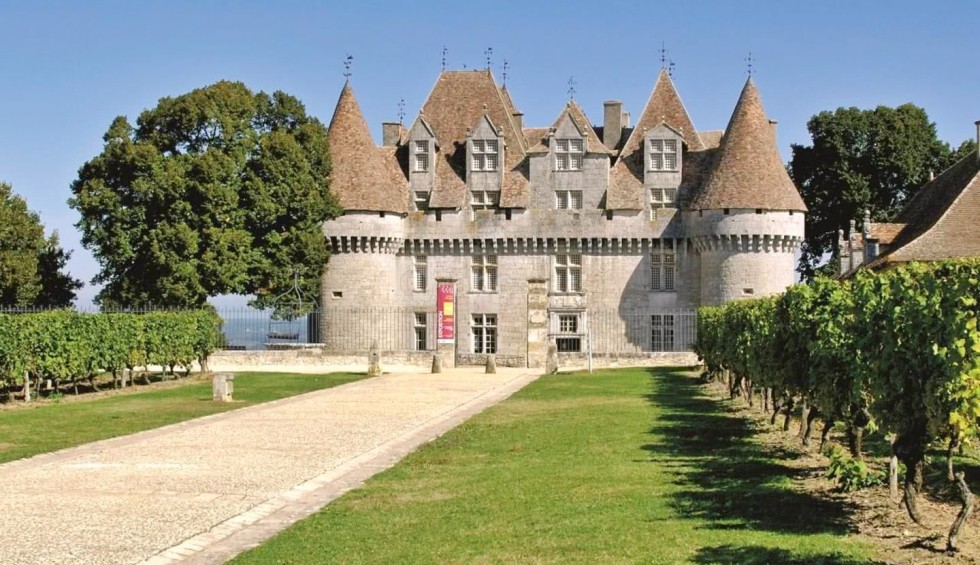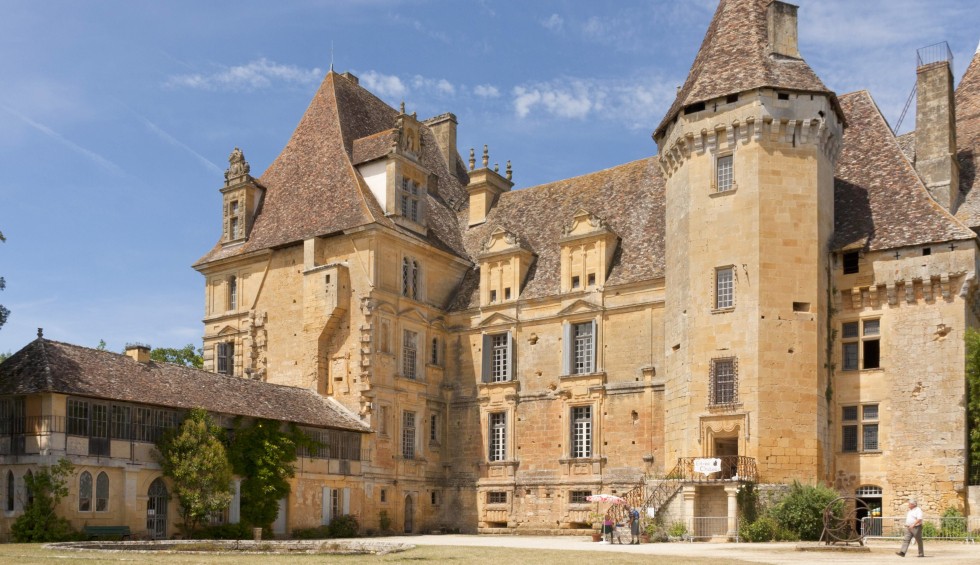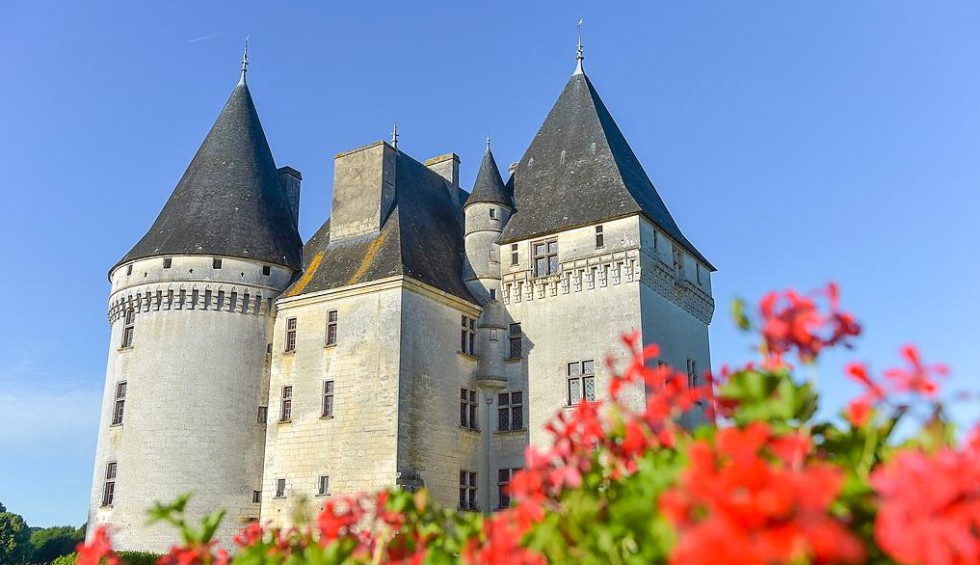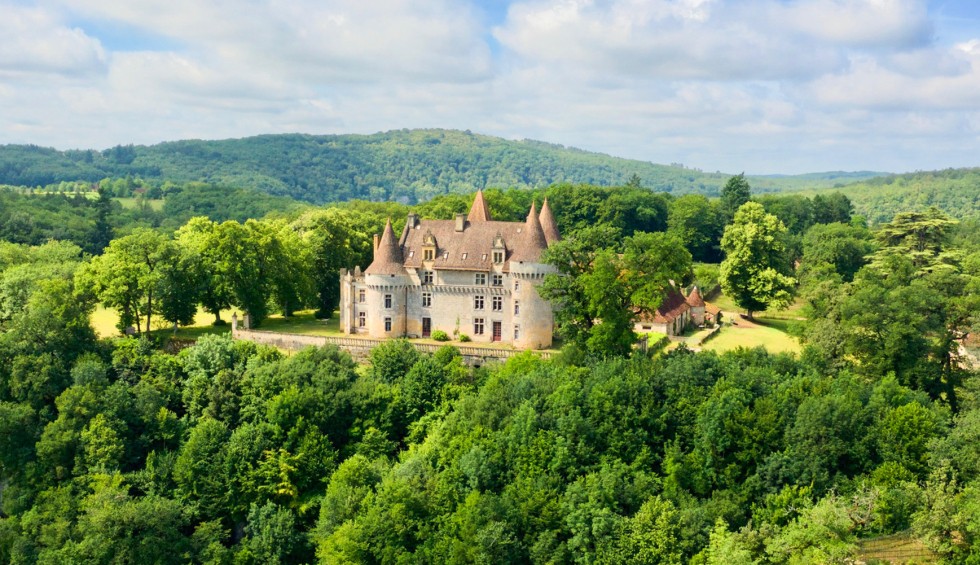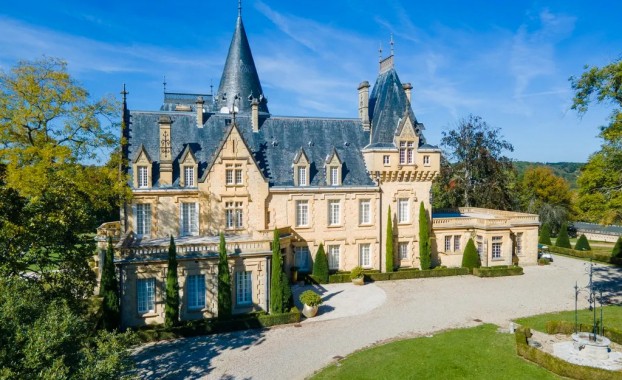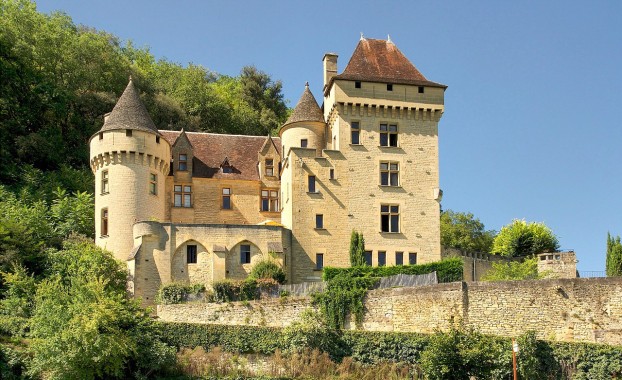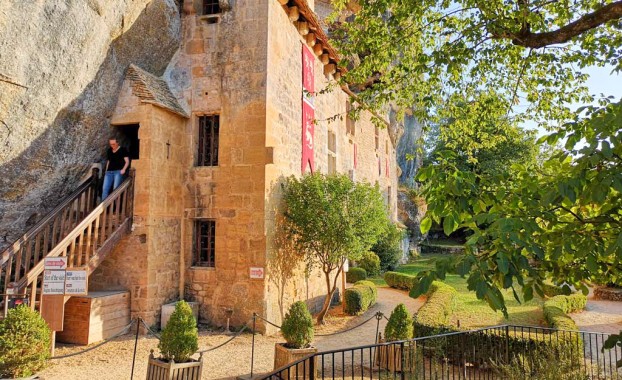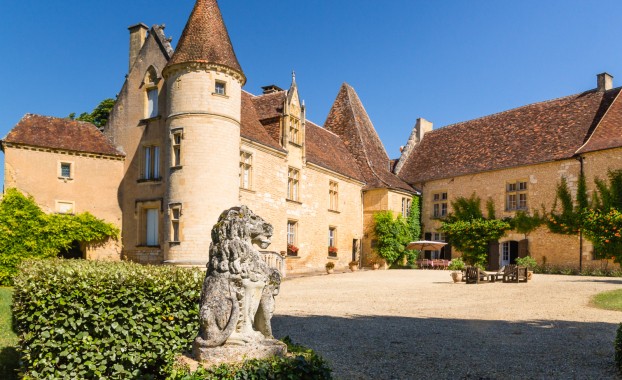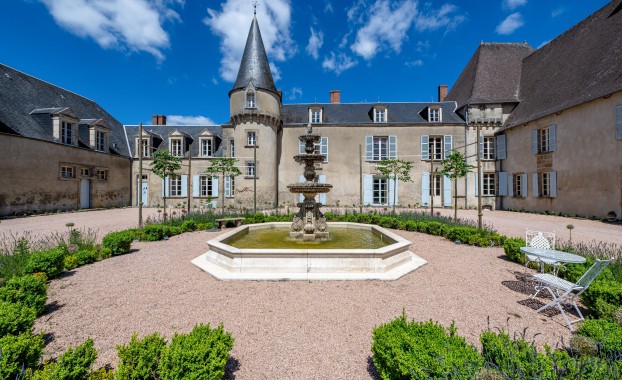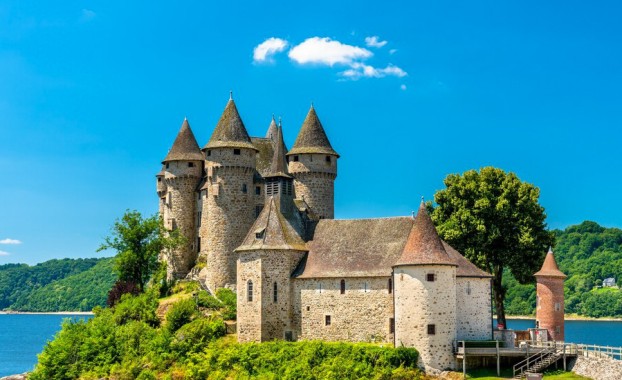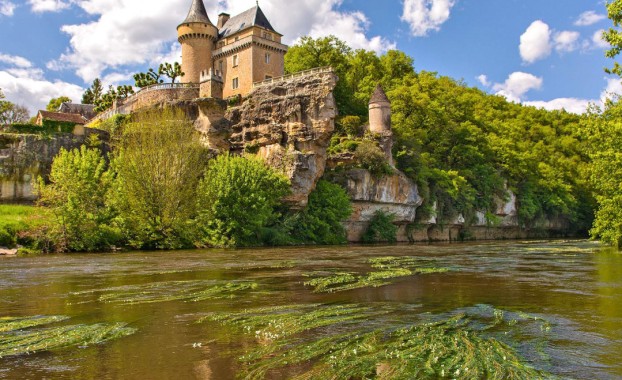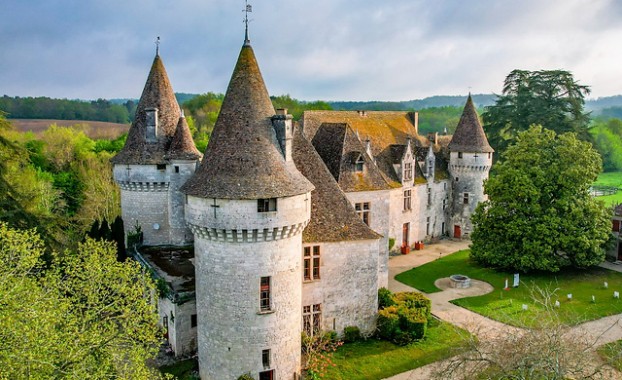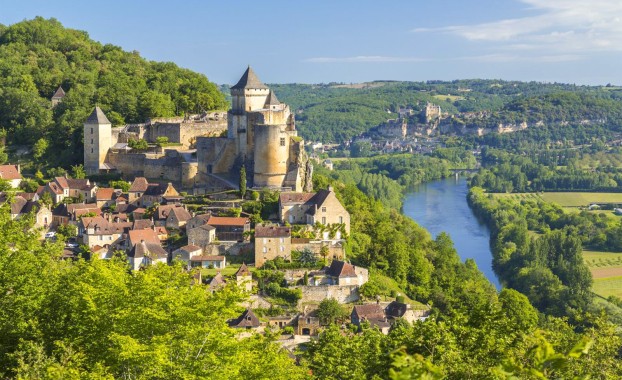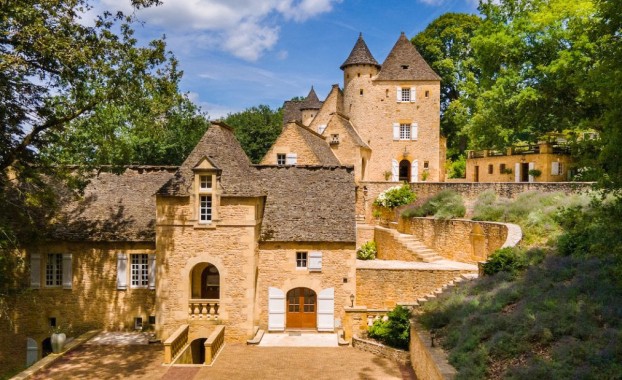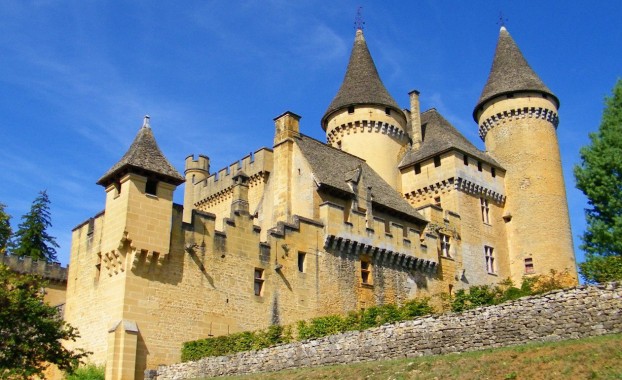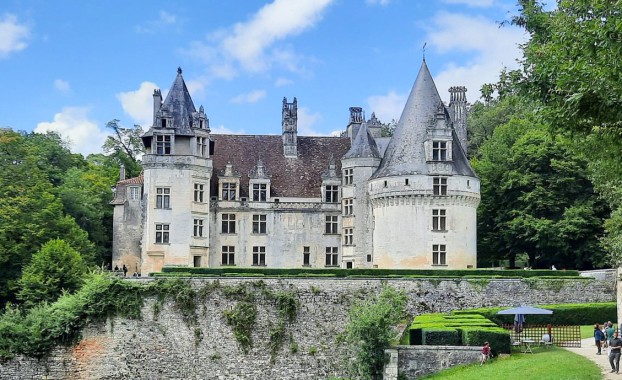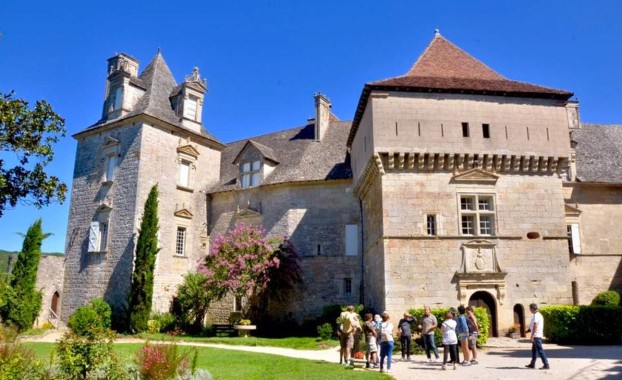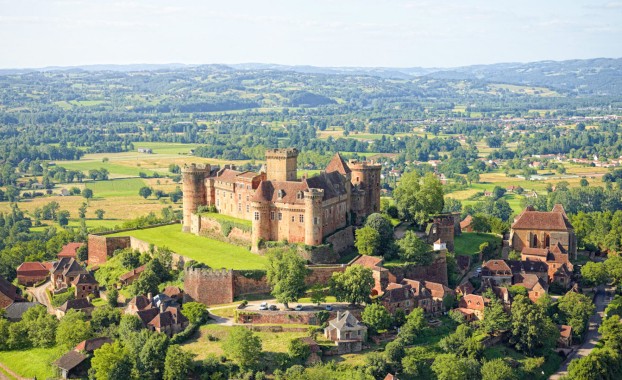Château, Maison forte, Palais or Manoir
The imposing buildings have various names such as Château, Manoir or Maison fortes. In other cases you might see indications such as Palais, Demeure or Gentilhommière. This is very confusing because in some cases an imposing castle is called a Manoir whilst a much smaller building might bear the name palais. In the Middle Ages, there were noblemen who had been given the right by the monarch to collect taxes and administer justice in court cases. This nobleman was the representative of a monarch and was called a fief. The dwelling of such a fief in a city was called a Palais, and if it was a large fortified dwelling outside the city, a château. Usually such a nobleman had several dwellings in which his relatives lived. These were often located near a village, a "bourg" and was called a Maison forte. A Maison forte was therefore the property of a fief, but it was not his main residence and no justice was done there either. Castles had a military character. This was very different compared to a Manoir or a Demeure or a Gentilhommière (gentil homme = nobleman). These houses were almost all owned by noblemen but were focused on agriculture. The owner of a Manoir and Demeure had serfs and tenant farmers but was not allowed to administer justice or collect tax money.

